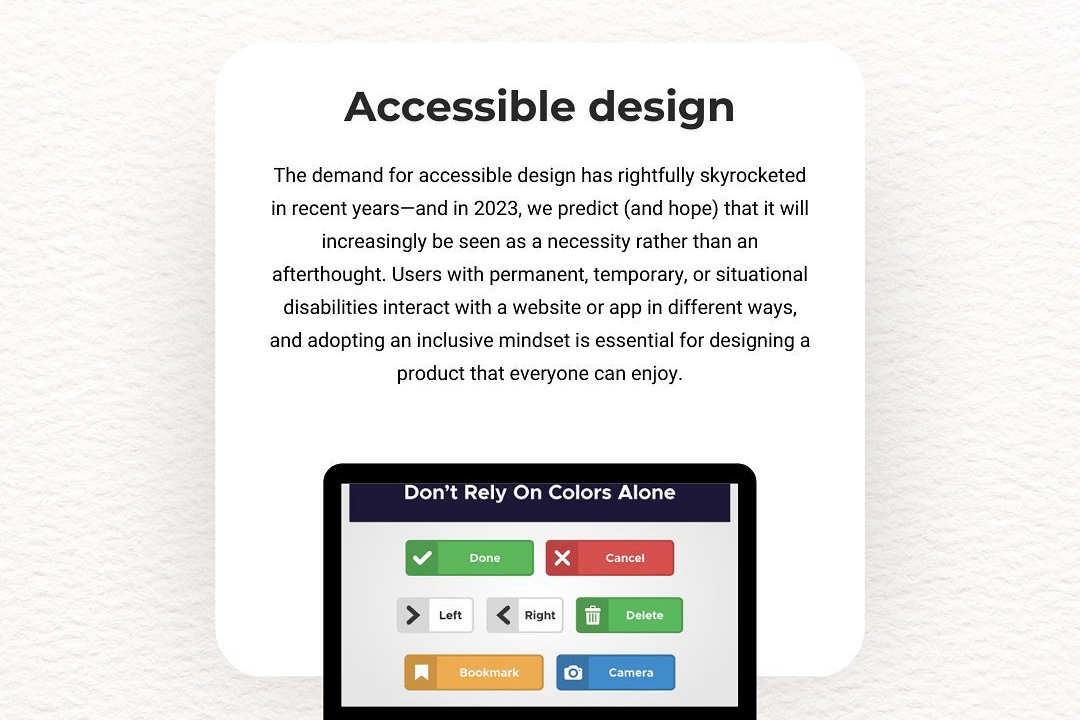Best Practices For Application Updates
Optimal Strategies for Application Updates
Best Practices For Application Updates
Best practices for application updates involve a systematic approach to ensure smooth transitions and minimal disruptions. This includes thorough testing in a staging environment to catch any potential issues before deployment. Implementing a versioning system helps track changes and allows for easy rollback if necessary. It's crucial to notify users about the updates, highlighting new features and any critical fixes, thereby enhancing their experience and engagement. Additionally, a phased rollout can be beneficial, gradually releasing the update to a small percentage of users to monitor for issues before wider distribution. Lastly, maintaining a backup of the previous version ensures that any unforeseen problems can be quickly addressed, minimizing downtime and user impact.
To Download Our Brochure: https://www.justacademy.co/download-brochure-for-free
Message us for more information: +91 9987184296
1 - Regular Update Schedule: Establish a regular schedule for updates (e.g., monthly, quarterly) to ensure ongoing improvements and security patches.
2) Version Control: Utilize a version control system to manage changes. This helps in tracking updates, rolling back if necessary, and collaboration among team members.
3) Backup Before Updates: Always create backups before applying updates to prevent data loss and to allow recovery in case of update failures.
4) Automated Testing: Implement automated tests to validate that the application behaves as expected after updates. This includes unit tests, integration tests, and end to end tests.
5) Staging Environment: Use a staging environment to deploy updates first, allowing for testing in an environment that closely mimics production without affecting real users.
6) User Feedback Mechanism: Establish channels for user feedback regarding updates. This helps identify issues and areas for improvement.
7) Documentation Updates: Update project documentation to reflect any changes made in updates. Clear documentation helps users and developers understand new features and fixes.
8) Change Logs: Maintain detailed change logs that outline what each update includes. This informs users about new features and fixes and strengthens transparency.
9) User Training: Offer training sessions or materials to educate users about new features and changes following an update, ensuring they can utilize the application effectively.
10) Gradual Rollout: Consider gradual rollouts of updates to limit potential disruptions. This allows for monitoring and quick responses to issues if they arise.
11) Monitoring and Analytics: After an update, monitor application performance closely and analyze user behavior to quickly identify any problems or areas for improvement.
12) Security Patches: Prioritize security updates, as they protect the application and its users from vulnerabilities and exploits.
13) Communicate with Users: Proactively communicate with users about upcoming updates, including what to expect and potential downtime, to keep them informed.
14) Rollback Plan: Always have a rollback plan in place to revert to the previous version smoothly if the update causes critical issues.
15) Incorporate User Requests: Pay attention to user requests and feature suggestions when planning updates, as this aligns improvements with user needs.
16) Compliance Checks: Ensure updates comply with any relevant regulatory or legal standards applicable to the application or market.
These practices will help students understand the essential components of a structured approach to application updates, contributing to their development skills and knowledge of software management.
Browse our course links : https://www.justacademy.co/all-courses
To Join our FREE DEMO Session: Click Here
Contact Us for more info:
- Message us on Whatsapp: +91 9987184296
- Email id: info@justacademy.co












